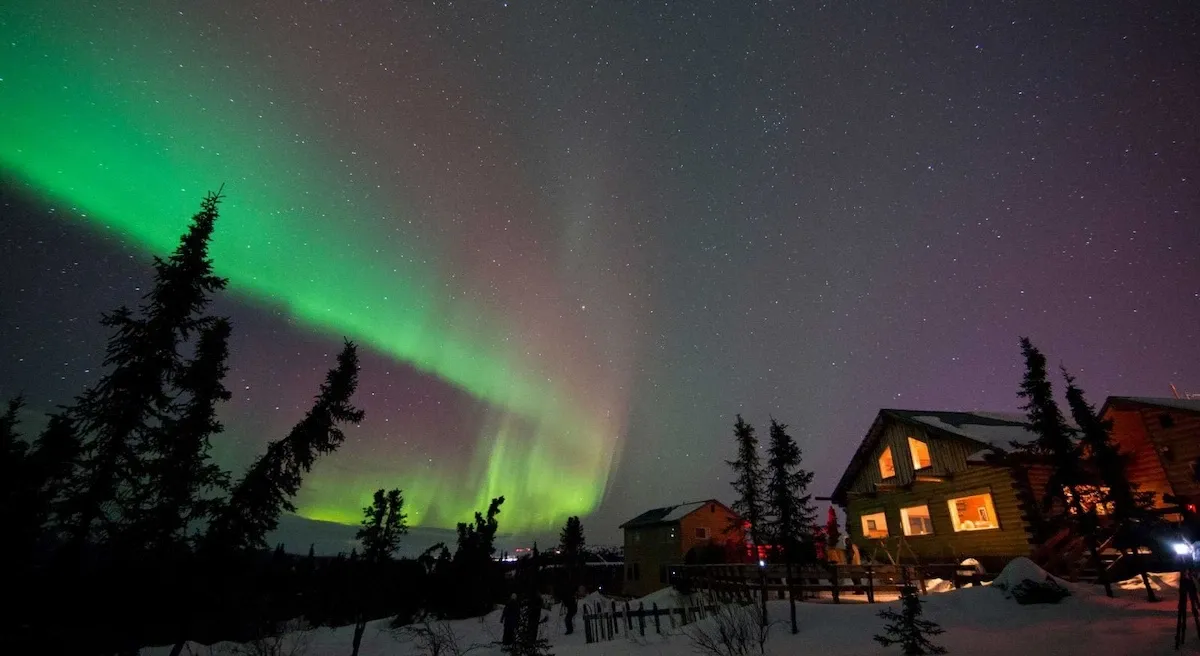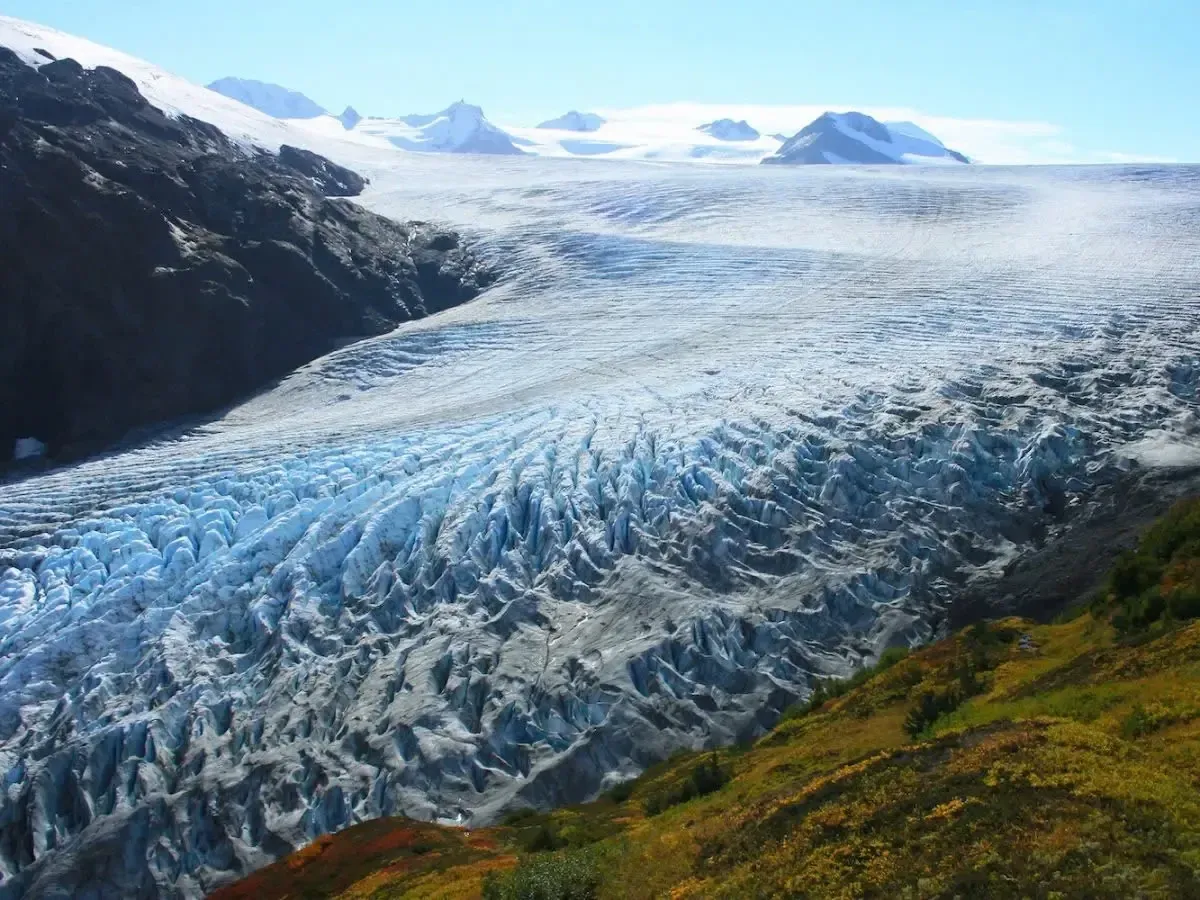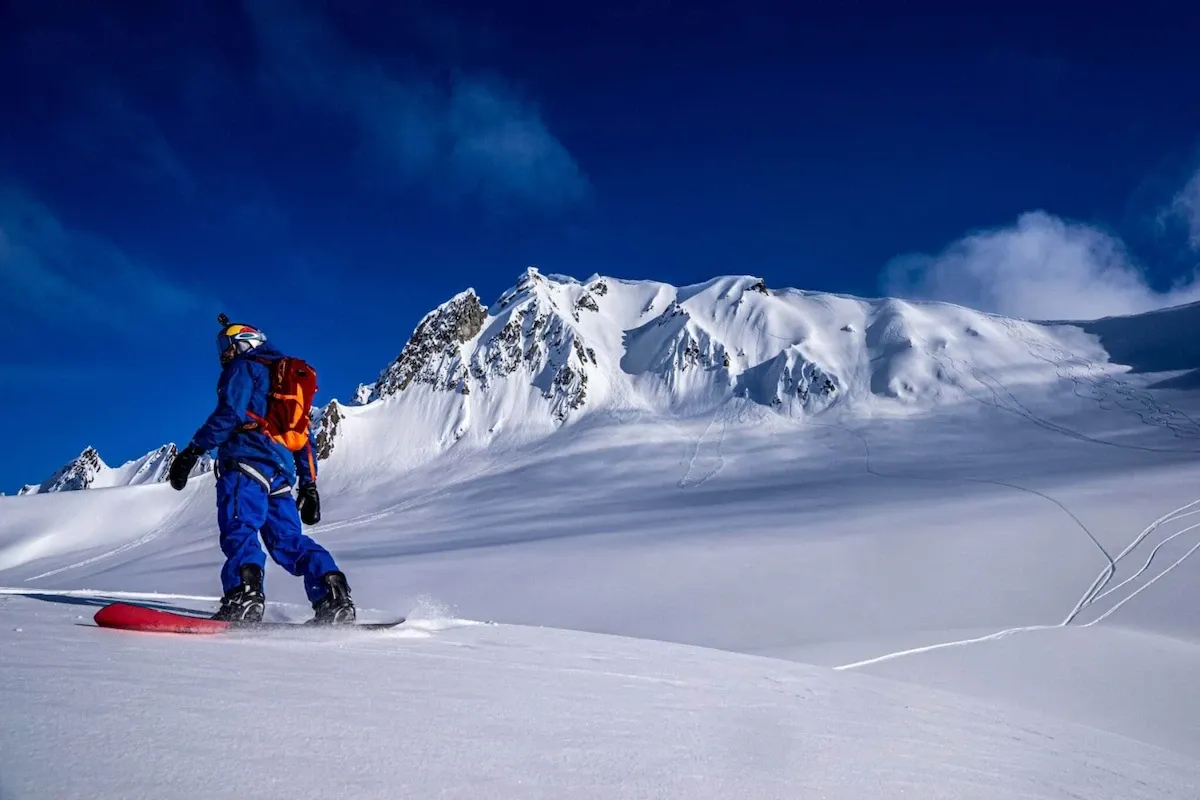Alaska, the last frontier of the United States, is renowned not only for its pristine, majestic beauty but also for being a treasure trove of natural wonders. From the mesmerizing aurora borealis dancing across the night sky to the unique “midnight sun” phenomenon, Alaska offers visitors unparalleled experiences, hard to find anywhere else in the world. Let’s explore the strange natural phenomena exclusive to Alaska, to better understand why this land is a dream destination for those who love exploration and the unique beauty of our planet.
1. Northern Lights: A Celestial Dance of Light
One of the most magical and famous natural phenomena in Alaska is the aurora borealis, also known as the Northern Lights. This is a spectacular light show in the night sky, created by the interaction between charged particles from solar winds and the Earth’s magnetic field. When these particles collide with the atmosphere, they excite gas atoms and produce light in various colors, mainly green, pink, purple, and red.

To witness the aurora in Alaska, the ideal time is from September to April, when the night sky is dark and clear. Locations like Fairbanks, Anchorage, and Denali National Park are all excellent destinations where you can personally witness this magical dance of light. The feeling of watching colorful ribbons of light swirling and dancing in the quiet night sky will surely be an unforgettable experience.
2. Midnight Sun and Endless Daylight: The Sun That Never Sleeps
If the aurora is a hallmark of Alaskan winters, the “midnight sun” is a unique phenomenon of summer. Due to its geographical location near the Arctic Circle, Alaska experiences the sun not setting in the summer, creating endless days. In some far northern regions, the sun can shine for 24 hours straight. This phenomenon is known as the “Midnight Sun.”

In contrast to the midnight sun, winter in Alaska brings short days, with some areas experiencing only a few hours of daylight. This extreme day-night difference significantly affects the biological rhythms of humans and animals, and creates very different travel experiences between the two seasons. Summer with the midnight sun is an ideal time for outdoor activities such as hiking, kayaking, fishing, and exploring the wilderness without worrying about darkness.
3. Mystical Blue Glaciers: Rivers of Ice Flowing
Alaska is known as “The Land of Glaciers” with thousands of glaciers large and small covering mountain ranges and valleys. Glaciers are not only an important part of Alaska’s landscape but also a fascinating natural phenomenon. The characteristic blue color of glaciers is created by sunlight shining into the dense ice, absorbing longer wavelengths and reflecting blue light.

One of the unique experiences when visiting Alaska is touring and exploring glaciers. Visitors can kayak or take a cruise to get closer to the glaciers, admire the majestic beauty of giant ice masses, and listen to the echoing sounds of glacier calving in the vast space. Walking on a glacier is also an adventurous but incredibly rewarding activity, allowing you to explore beautiful ice caves and feel the grandeur of nature.
4. Active Volcanoes: The Pacific Ring of Fire
Alaska lies on the Pacific Ring of Fire, the most volcanically active region in the world. The state has over 130 volcanoes, of which about 40 are still active. Volcanic activity not only creates unique geological landscapes but also brings other interesting natural phenomena such as hot springs and geothermal valleys.
Despite the potential risks, volcanoes also play an important role in shaping Alaska’s diverse terrain and ecosystems. Mineral-rich volcanic ash helps enrich the soil, creating favorable conditions for plant growth. Natural hot springs are ideal relaxation destinations for tourists and also unique habitats for certain species.
5. Earthquakes and Tsunamis: The Power of Geology
Located in a geologically active area, Alaska frequently faces earthquakes. The strongest earthquake ever recorded in North America occurred in Alaska in 1964, with a magnitude of 9.2 on the Richter scale, causing severe damage and large tsunamis.
Although earthquakes and tsunamis are natural disasters, they are also strange natural phenomena that demonstrate the immense power of geology. Studying earthquakes and tsunamis in Alaska helps scientists better understand the structure and activity of the Earth’s crust, thereby developing measures to prevent and mitigate damage caused by natural disasters.
6. Extreme Tides: Turnagain Arm Bay
Turnagain Arm Bay, near Anchorage, Alaska, is famous for its extreme tidal phenomena. Due to the unique shape of the bay, tides here can rise and fall very quickly with a large height difference, potentially exceeding 10 meters. This phenomenon creates an impressive natural spectacle, especially when the tide recedes, revealing vast mudflats and a unique coastal ecosystem.
Another interesting phenomenon related to tides in Turnagain Arm is the “bore tide.” When the tide rises, a large wave can form and travel upstream, attracting surfers and photographers. However, the tidal phenomenon in Turnagain Arm also poses dangers; visitors should be cautious and follow safety instructions when visiting this area.
7. Chinook Winds: Unusual Warm Air Currents
During the frigid Alaskan winters, unusual warm air currents, known as Chinook winds, sometimes appear. These are dry and warm winds blowing down from the mountains, which can significantly raise temperatures in a short time, even melting snow and ice.
Chinook winds are an interesting meteorological phenomenon caused by changes in air pressure and mountainous terrain. Although they bring temporary relief from the cold winter, Chinook winds can also cause negative impacts such as avalanches and dry skin.
8. Sea Smoke: Vapor Rising from the Sea
On cold winter days, especially when air temperatures drop very low but sea water temperatures are warmer, a unique fog phenomenon can appear on the Alaskan sea, called “sea smoke.” This phenomenon occurs when cold air comes into contact with warmer water, causing water vapor to evaporate and condense into thin wisps of fog, creating the impression of smoke rising from the sea.

Sea smoke is a beautiful and strange weather phenomenon, often seen in cold sea areas like Alaska. It creates a mystical, hazy scene on the sea surface, especially impressive when observed from the coast or on a boat.
Conclusion:
Alaska is not only a land of magnificent natural landscapes but also a convergence of strange and unique natural phenomena. From the brilliant aurora, the mystical midnight sun, the deep blue glaciers, the majestic volcanoes, to the extreme tides and sea smoke, Alaska offers us unparalleled experiences, leaving anyone who sets foot here in awe of the beauty and wonder of nature. If you are someone who loves exploring new things and wants to experience unique natural phenomena, Alaska is definitely a destination not to be missed. Plan your trip to explore Alaska today to witness and feel the wonders that this land has to offer.